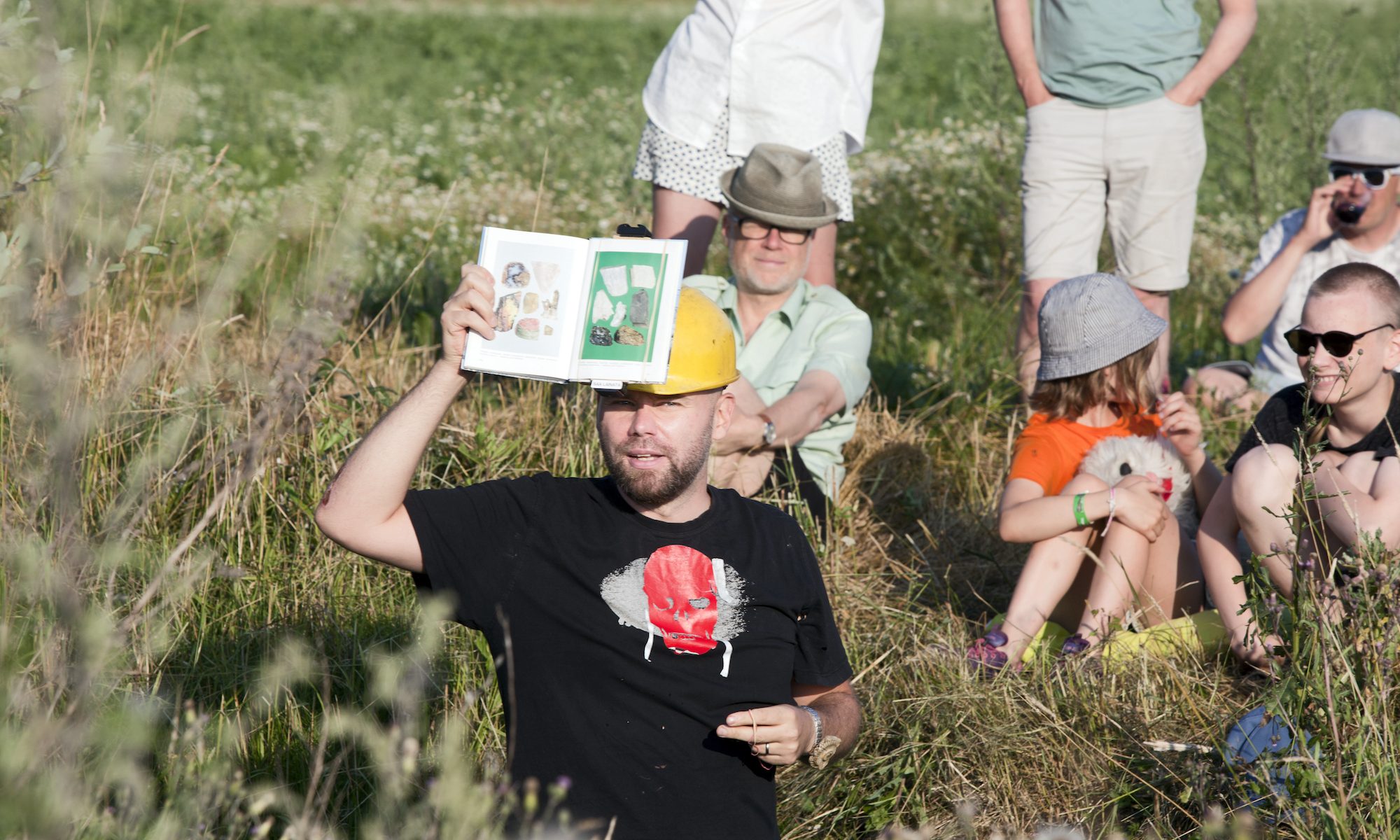Rustications: Animals in the Urban Mix (2014) Steven Connor. Animals cause a problem to the concept of soundscape: When we hear birds singing, we are not witnessing nature, we are “overhearing” fragments of communication (possibly concerning life and death matters).
Where a map provides a representation of a landscape that one may easily learn to read, making sense of the many different kinds of sound notation required to document a given soundscape requires both much more information, and much more training. And, where maps are iconically congruous with what they represent (they are a visible representation of a visual scene), the notations of soundscapes are translations of sound into visible or legible form.
There is something loose and latent in the idea of a soundscape, which is always somehow in advance of its collection as sound. A soundscape is therefore a kind of precomposition, a score rather than a performance.
[I]f I hear a blackbird at its sweet rippling ruckuss on the gable of the house opposite, and then a second or two later a call from another blackbird that seems to answer it, a response that may then prompt a further bawling sally from the principal, then I am hearing a diaphony that has a specifically sonorous relatedness. […] Listening to animal sounds is therefore, in a replete sense, an ‘overhearing’, or hearing to the second degree, in that in it I lend an ear to other listenings, I listen in on the knitting of a soundscape by anf for other ears than my own.
The sound of animals gives to a soundscape interiority, even saturation – for it includes other centricities or points of audition.
For there is noise everywhere; what is more, there is no information without noise. The birds who adapt their songs in cities may be there because their songs have been formed in circumstances in which very similar kinds of noise – wind, water or the sounds of other species – have to be overcome […] Signal is the opposite of noise, but information is found in the emergence of signal from noise, and therefore in a certain signal-noise coupling. So there is no signal without noise, and there is noise in and around every signal. In fact, this is the very reason for the importance of birds and birdsong in human history – since birdsong represents the very principle of meaning amidst noisiness, and the intensification of meaning that comes from the intensification of noise.
[Michel] Serres suggests that we have not only ourselves moved out of the sensory and communicational niche provided by our biological bodies, but may have become a kind of diaphragm or switchboard to connect up signals from different species, to make ‘the ensemble of signals of every kind accessible as signs by the ensemble of living creatures, as the sum total of habitats which each species, including our own and each individual of our own species, detaches from its environment’. Serres calls this new interspecific collective body, made out by knowledge and reciprocal overhearing, the Biosoma (Hominescence, p.146, 2001, Serres).

